La magnesia fusa ha le caratteristiche dell'alta purezza, Grandi cereali di cristallo, struttura densa, forte resistenza alle scorie, e buona stabilità di shock termico. È un eccellente materiale di isolamento elettrico ad alta temperatura ed è anche utilizzato per produrre mattoni di magnesia di alta qualità, mattoni di carbone di magnesia, e non abile un'importante materia prima per materiali refrattari. La magnite fusa è ampiamente utilizzata in metallurgia, industria chimica, Difesa nazionale, ricerca scientifica, aerospaziale, Componenti per elettrodomestici, eccetera.
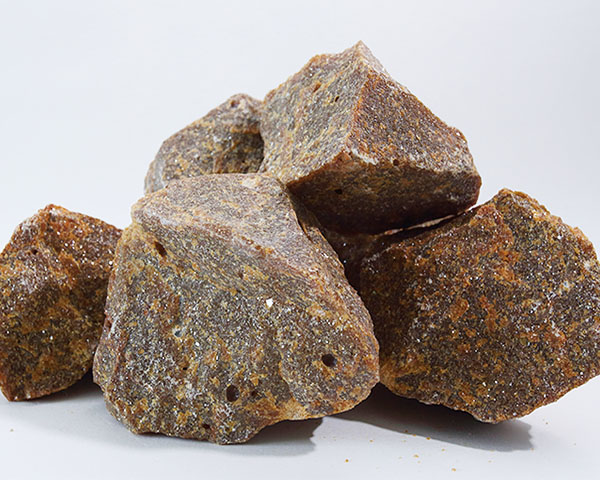
Proprietà fisiche e chimiche di magnesia fusa
Le proprietà fisiche e chimiche della magnesia fusa di grandi cristalli (LFM)
| Codice prodotto | Composizione chimica (Frazione di massa),% | Densità di massa di particelle G/cm’ | |||||
| MgO≥ | SiO2≤ | Cao≤ | Fe2o3≤ | Al2O3≤ | Bruciare perdita | ||
| LFM 99 | 99.00 | 0.30 | 0.60 | 0.35 | 0.10 | 0.08 | ≥3,51 |
| LFM 98.5 | 98.30 | 0.40 | 0.80 | 0.45 | 0.12 | 0.08 | ≥3,50 |
| LFM 98A | 97.70 | 0.55 | 1.10 | 0.60 | 0.12 | 0.10 | ≥3,50 |
| LFM 98b | 97.50 | 0.60 | 1.20 | 0.65 | 0.15 | 0.12 | ≥3,49 |
| LFM 97A | 96.80 | 1.00 | 2.00 | 0.70 | 0.15 | 0.15 | ≥3,45 |
| LFM 97b | 96.50 | 1.15 | 2.30 | 0.75 | 0.18 | 0.20 | ≥3,42 |
Le proprietà fisiche e chimiche della magnesia fusa elettricamente ad alto calcio (Hfm (C/S≥2))
| Codice prodotto | Composizione chimica (Frazione di massa),% | Densità di massa di particelle G/cm’ | |||||
| MgO≥ | Sioz≤ | Cao≤ | Fe2o3≤ | Al2O3≤ | Bruciare perdita | ||
| Hfm 98 | 97.70 | 0.60 | 1.20 | 0.65 | 0.12 | 0.10 | 3.50 |
| Hfm 97 | 96.80 | 0.85 | 1.70 | 0.75 | 0.15 | 0.15 | 3.48 |
| Hfm 96 | 96.00 | 1.20 | 2.40 | 0.85 | 0.18 | 0.18 | 3.45 |
Le proprietà fisiche e chimiche della magnesia fusa ordinaria (FM)
| Codice prodotto | Composizione chimica (Frazione di massa),% | Densità di massa di particelle G/cm’ | |||||
| MgO≥ | Sioz≤ | Cao≤ | Fe2o3≤ | Al2O3≤ | Bruciare perdita | ||
| FM 98 | 97.50 | 1.00 | 1.50 | 0.65 | 0.10 | 0.10 | ≥3,50 |
| FM 97 | 96.50 | 1.30 | 2.00 | 0.70 | 0.15 | 0.15 | ≥3,48 |
| FM 96 | 95.50 | 2.50 | 2.30 | 0.80 | 0.18 | 0.18 | ≥3,45 |
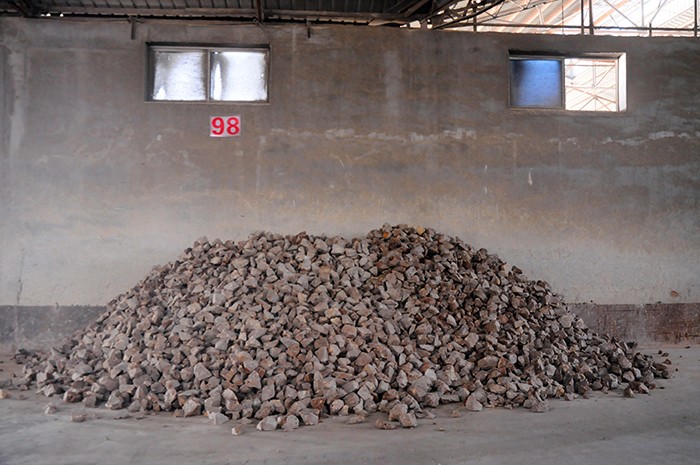
Il processo di produzione specifico di magnite fusa
In una produzione industriale specifica, Anche le materie prime di magnesia fusa di diverse specifiche sono diverse. La magnesia fusa ordinaria di solito usa magnesite direttamente come materia prima, Mentre la magnesia fusa cristallina di grande cristallino utilizza magnesio bruciato dalla luce come materia prima. L'attrezzatura adotta forni ad arco sommersi principalmente utilizzando tre grafite rigenerata o non rigenerata. Il processo specifico è: Alimentazione → Accensione e sollevamento dell'elettrodo → Alimentazione graduale → Fascellatura (La magnite è sinterizzata e fusa dal calore generato dall'alta corrente) → raffreddamento naturale → schiacciamento, classificazione, e smistamento → magazzino.
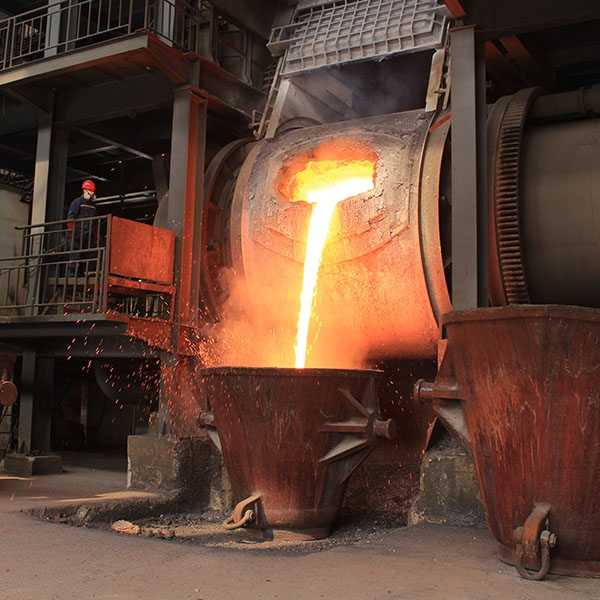
Vantaggi della magnesia fusa
Ha una struttura completa, struttura densa, Punto di fusione elevato (fino a 2800 ° C.), Proprietà chimiche stabili, elevata resistenza alla compressione, forti proprietà di isolamento, resistenza all'erosione, e resistenza alla corrosione. È un'importante materia prima per la metallurgia, materiali da costruzione, Industria leggera, rivestimento della fornace, e materiali sfusi. È anche un materiale refrattario indispensabile e importante in acciaio, cemento, bicchiere, fusione di metalli non ferrosi, e altre industrie.
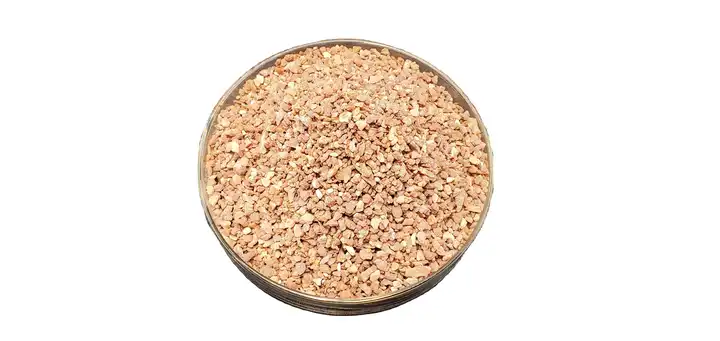
Principali applicazioni di magnite fusa
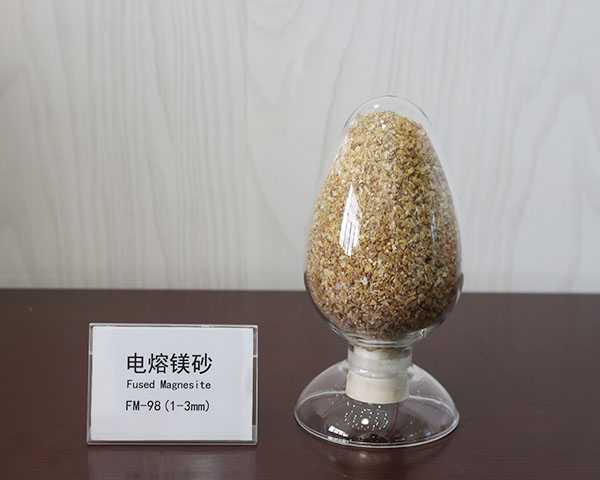
Nell'industria refrattaria metallurgica, Viene utilizzato per produrre materiali refrattari ausiliari come magnesia ad alta purezza fusa, Materiali da arma da fuoco, e materiali di sperimentazione, così come mattoni refrattari speciali come mattoni in acciaio fluenti, mattoni di magnesia, E mattoni cromati di magnesia. Può anche essere utilizzato nell'induzione a vuoto e non vacuum, viene utilizzato come rivestimento refrattario su forni e fornaci ad arco elettrico. È una materia prima ideale per produrre crogioli di ossido di magnesio, Bladde della fornace, e vari involucri ad alta temperatura.
 Fabbrica dei refrattari di Rongsheng
Fabbrica dei refrattari di Rongsheng
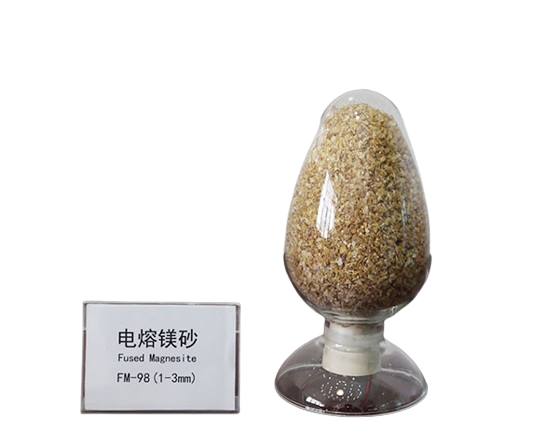
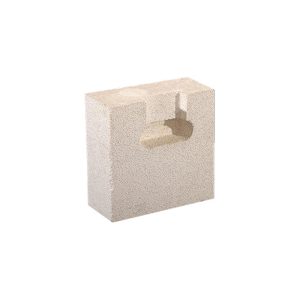
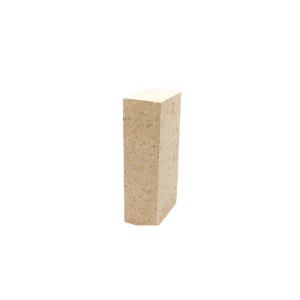
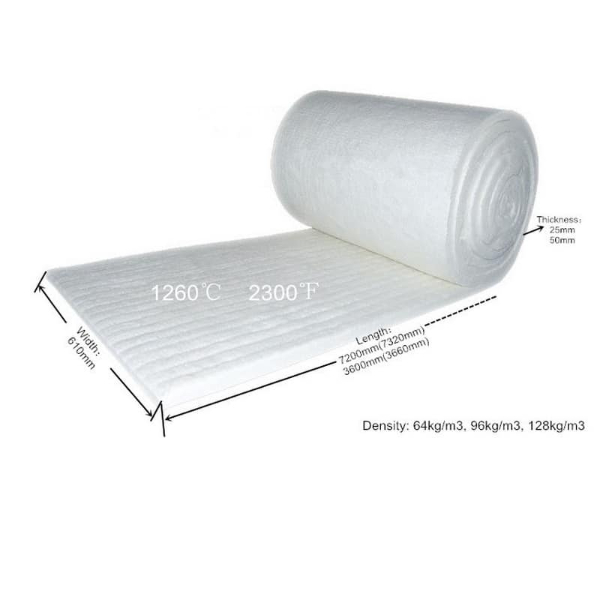
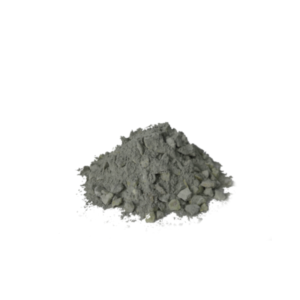
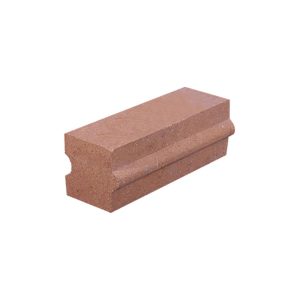
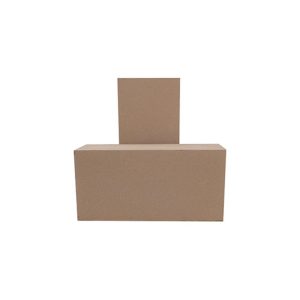
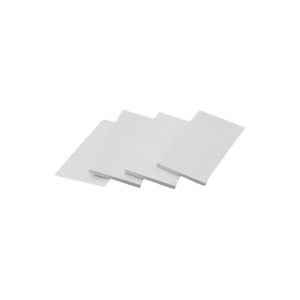
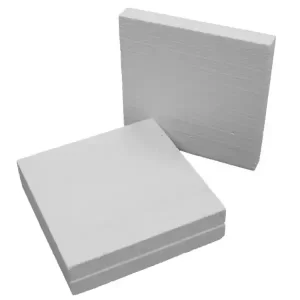
WeChat
Scansiona il codice QR con wechat